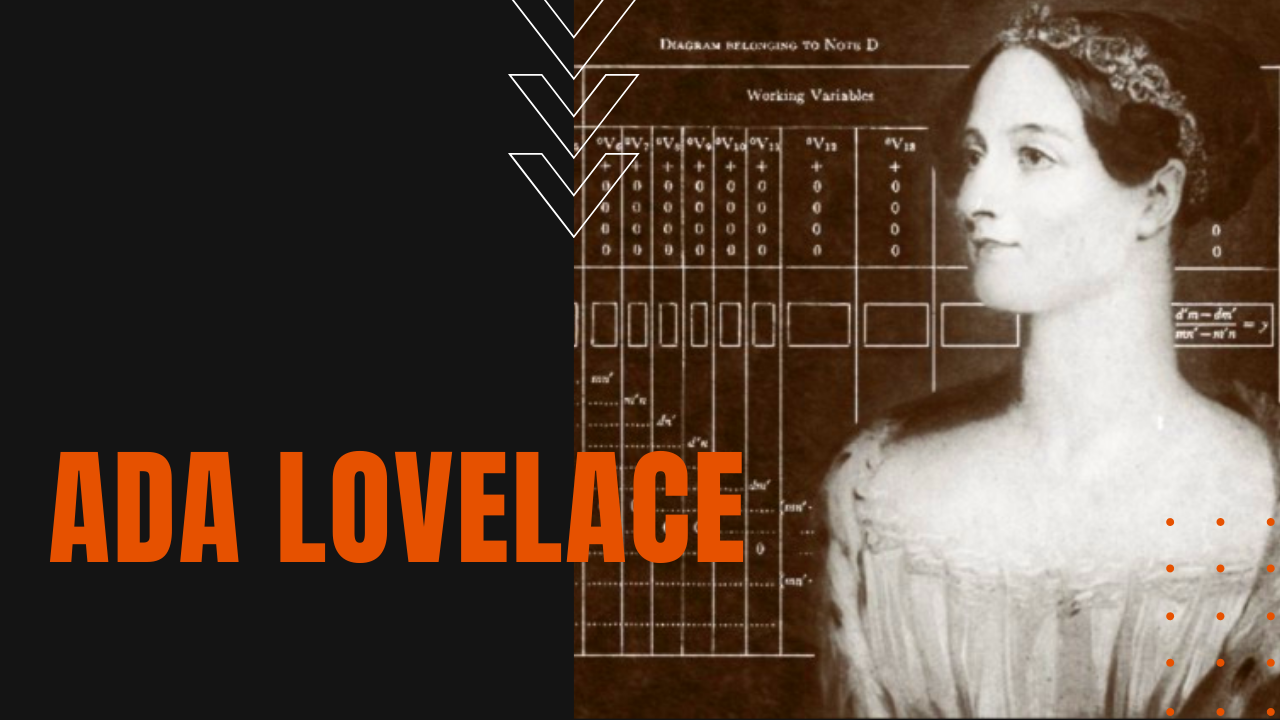Ada Lovelace: The First Female Computer Programmer

Born Augusta Ada Byron on December 10th, 1815, Ada Lovelace was the only legitimate offspring of famed British poet Lord Byron, whose marriage to Ada’s mother, Lady Anne Isabella Milbanke Byron, was not a happy one.
Lady Byron separated from the poet only weeks after Ada’s birth, and a few months later, Lord Byron left England forever, passing away in Greece when Ada was only eight years old, having never met her daughter since his early departure from her life.
Educating Ada Lovelace
Ada had an unusual upbringing for an aristocratic girl in the mid-1800s. At her mother’s insistence, tutors engaged her in mathematics and science, which was gender inappropriate for the time, but her mother believed that engaging her young daughter in rigorous studies would prevent Ada from developing her father’s moody, unpredictable temperament.
From an early age, Ada showed an immense talent for both numbers and language, and when Ada was 17, she befriended Charles Babbage, who was a much older mathematician and inventor. Known as the father of the modern computer, Babbage invented the difference engine and the analytical engine, which were meant to perform mathematical calculations independent of the human mind.
Lovelace was later asked to translate an article on Babbage’s analytical engine that had been written by Italian engineer Luigi Federico Menabrea for a Swiss journal, and while she expertly translated the original French text into English, she also added her own thoughts and ideas for an improved analytical engine, which turned out to be three times longer than the original article.
The Lovelace Loop
Her extensive notes described how algorithms and codes could be created for the device to handle letters and symbols along with numbers. She also theorized a method for the engine to repeat a series of instructions—a process known as looping, which computer programmers use extensively to this day.
Lovelace’s article attracted little attention when she was alive, while she would later be singled out during the age of computing as the first female computer programmer in history.
Sadly, in her later years, she tried to develop mathematical formularies for winning at gambling, which failed so miserably that she was plunged into severe financial distress. She died from uterine cancer in London at the age of 37, only to be buried in a graveyard next to a father she never knew.
